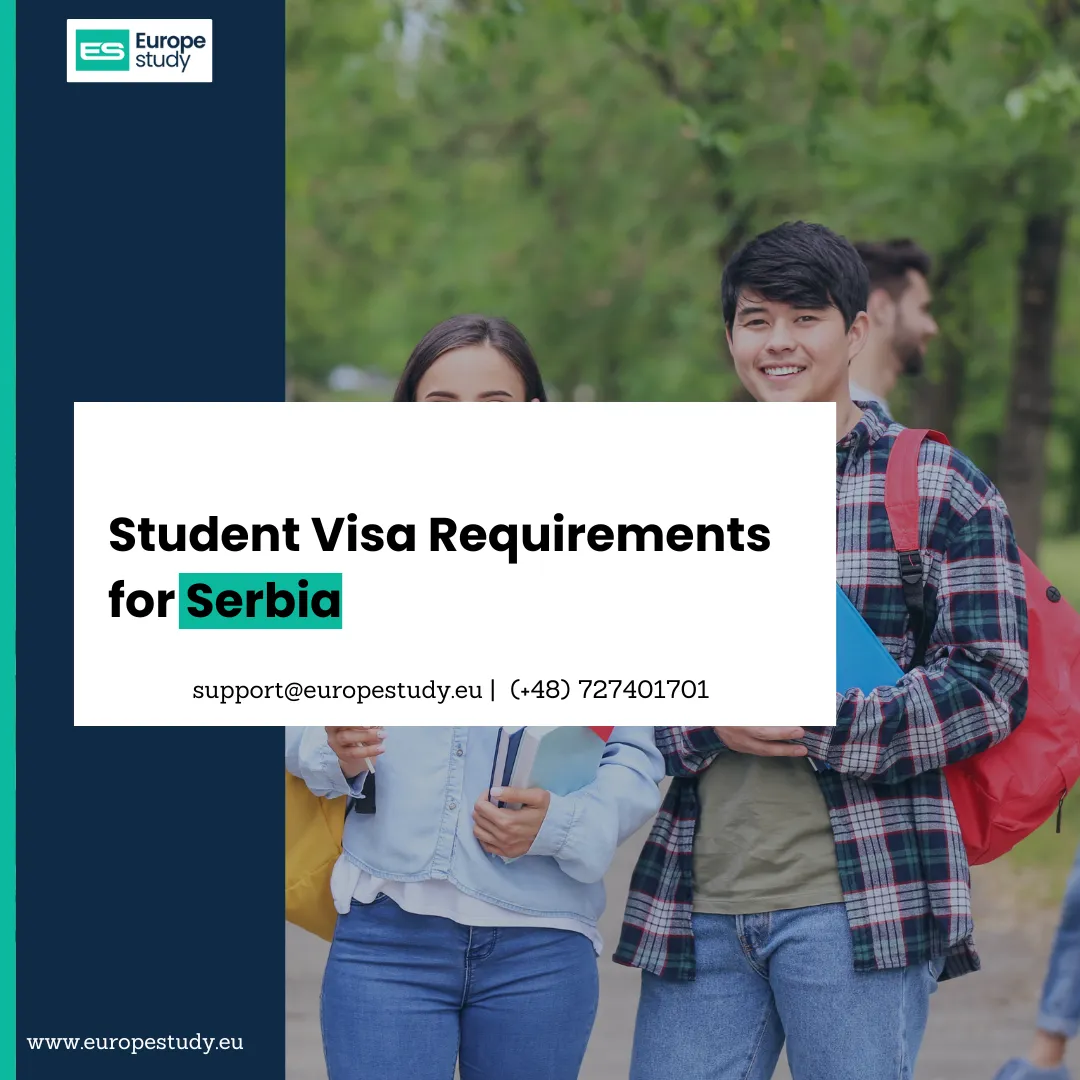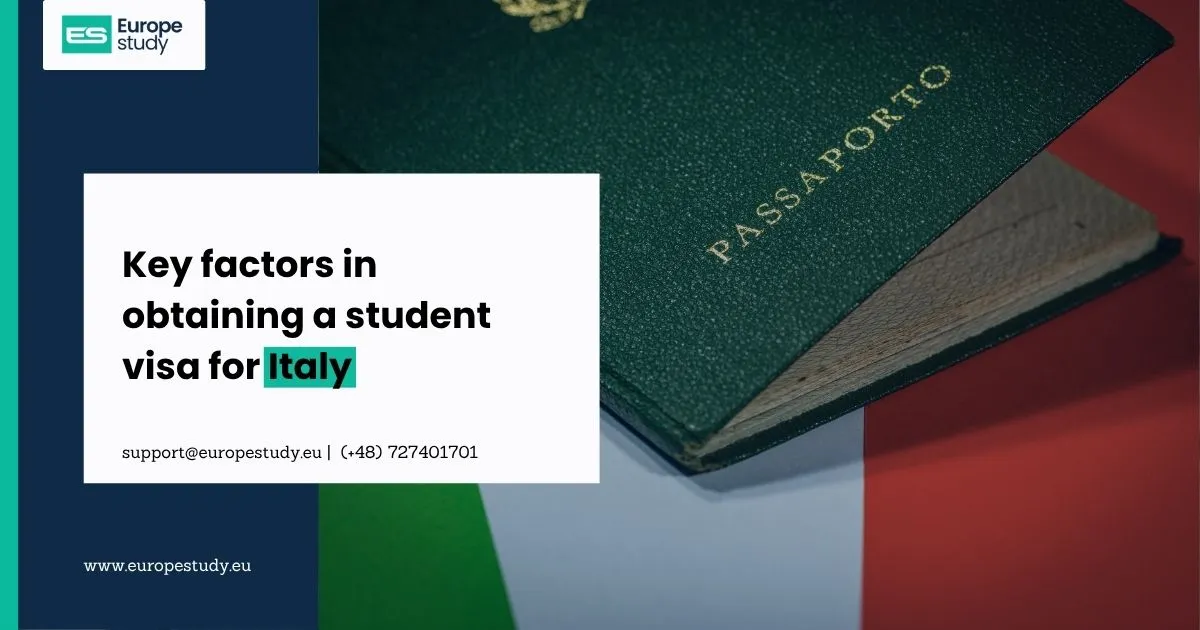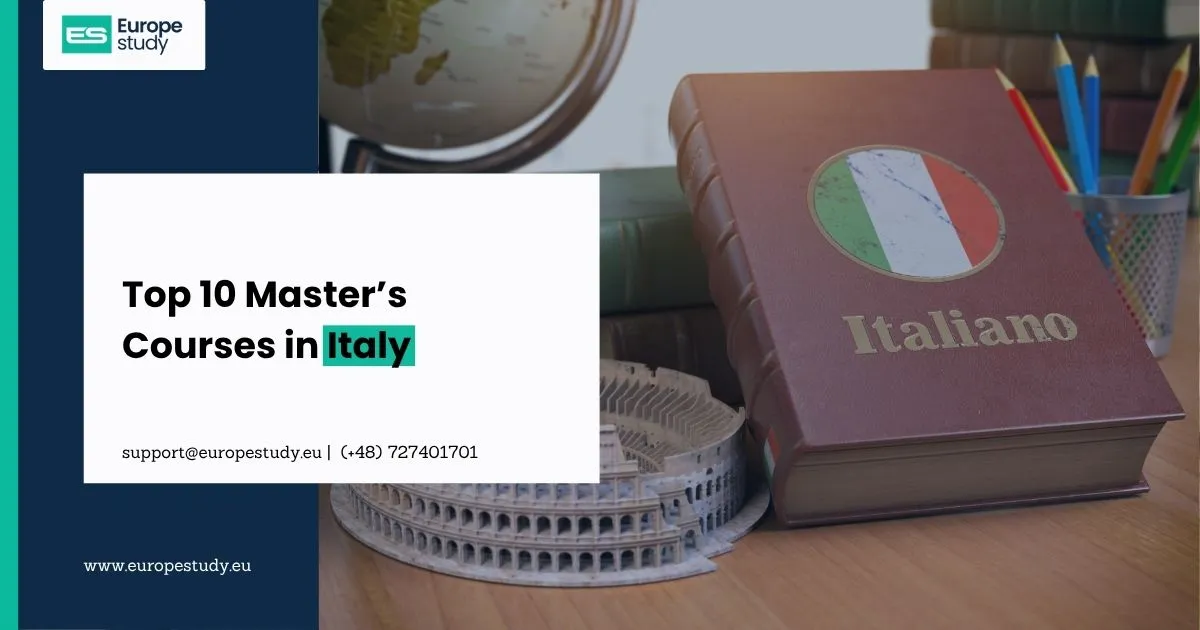
Student Visa Requirements for Serbia
Studying in Serbia has become increasingly popular among international students, especially due to its affordable tuition, diverse programs (including English-taught degrees), and welcoming atmosphere. If you're planning to pursue your studies in Serbia, obtaining a student visa is a critical first step. This post outlines everything you need to know about the visa process, required documents, processing times, and associated fees.
1. Do You Need a Visa to Study in Serbia?
Whether you need a visa depends on your nationality:
- EU/EEA citizens do not need a visa to enter Serbia. However, if their stay exceeds 90 days, they must register their residence.
- Non-EU citizens (e.g., from India, Nigeria, Pakistan, Turkey, etc.) must apply for a Type D (long-stay) visa for studying purposes if they plan to stay for more than 90 days.
2. Type of Visa Required
The appropriate visa for international students is the Type D (Long-Stay Visa). This visa is typically issued for 90 to 180 days, and after entering Serbia, students must apply for a temporary residence permit.
3. Where to Apply
You must apply for the student visa at the Serbian Embassy or Consulate in your home country. Serbia does not offer an online visa application process for student visas, so in-person submission is required.
4. Required Documents
The standard list of required documents for a Serbian student visa (Type D) includes:
- Completed Visa Application Form
- Valid Passport
- Must be valid for at least 90 days after the visa expires.
- Passport-Size Photos
- Usually two recent photos are required.
- Letter of Admission from a Serbian Educational Institution
- This must clearly state the duration and type of program.
- Proof of Financial Means
- Bank statements or scholarship confirmation to prove you can support yourself.
- Health Insurance Policy
- Must cover your stay in Serbia.
- Proof of Accommodation in Serbia
- Rental agreement or dorm confirmation.
- Return Flight Itinerary or Travel Plan
- Visa Fee Payment Receipt
- Police Clearance Certificate (in some cases)
Note: Requirements may vary slightly depending on the embassy or your nationality, so always double-check with your local Serbian diplomatic mission.
5. Visa Fees
The visa application fee for a Type D student visa is typically €60–€100 (or equivalent in local currency). Some embassies may also charge an administrative or consular fee on top of the base amount.
6. Processing Time
Visa processing usually takes 15–30 working days, depending on the embassy and the completeness of your documents. It's advisable to apply at least 6–8 weeks before your intended travel date.
7. After Arrival: Temporary Residence Permit
Once in Serbia, you must apply for a Temporary Residence Permit at the local police station (Ministry of Interior - Department for Foreigners). This must be done within 30 days of arrival.
You will need:
- Passport with visa
- Proof of residence (rental agreement)
- University enrollment confirmation
- Health insurance
- Proof of finances
- Application form
The residence permit is usually valid for one year and renewable annually for the duration of your studies.
8. Tips for a Successful Visa Application
- Submit accurate and complete documents; missing paperwork can delay your application.
- Translate all documents into Serbian (or as required by the embassy).
- Start early; delays can occur, especially during peak admission periods (July–September).
- Keep extra copies of everything, both for the embassy and for the residence permit process after arrival.
Conclusion
Getting a student visa for Serbia is a straightforward process if you prepare properly and apply on time. With the right documents and planning, you’ll be on your way to studying in one of Southeast Europe's most dynamic and affordable countries. Always consult the official Serbian embassy in your country for the most accurate and personalized guidance.





